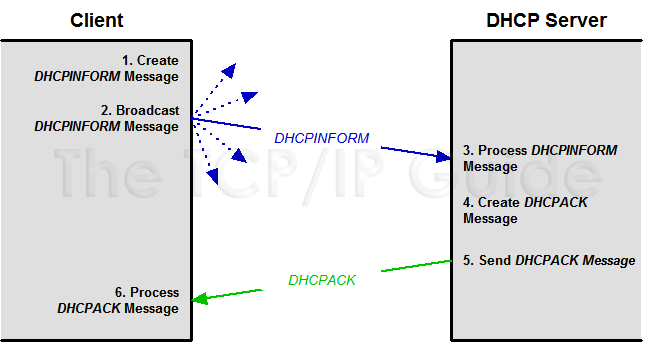 |
|
Please Whitelist This Site?
I know everyone hates ads. But please understand that I am providing premium content for free that takes hundreds of hours of time to research and write. I don't want to go to a pay-only model like some sites, but when more and more people block ads, I end up working for free. And I have a family to support, just like you. :)
If you like The TCP/IP Guide, please consider the download version. It's priced very economically and you can read all of it in a convenient format without ads.
If you want to use this site for free, I'd be grateful if you could add the site to the whitelist for Adblock. To do so, just open the Adblock menu and select "Disable on tcpipguide.com". Or go to the Tools menu and select "Adblock Plus Preferences...". Then click "Add Filter..." at the bottom, and add this string: "@@||tcpipguide.com^$document". Then just click OK.
Thanks for your understanding!
Sincerely, Charles Kozierok
Author and Publisher, The TCP/IP Guide
|
|
|

Custom Search
|
|
DHCP Parameter Configuration Process For Clients With Non-DHCP Addresses
(Page 2 of 2)
Parameter Configuration Process Steps
The following steps show how a device with an externally-configured address uses DHCP to get other parameters (see Figure 266 as well).
|
The client (which again, may be a DHCP server acting as a client) creates a DHCPINFORM message. It fills in its own IP address in the CIAddr field, since that IP address is current and valid. It may request specific parameters using the Parameter Request List option, or simply accept the defaults provided by the server.
The client sends the DHCPINFORM message unicast, if it knows the identity and address of a DHCP server, otherwise, it broadcasts it.
The message is received and processed by the DHCP server or servers (if there are multiple and the request was broadcast). Each server checks to see if it has the parameters needed by the client in its database.
Each server that has the information the client needs creates a DHCPACK message, which includes the needed parameters in the appropriate DHCP option fields. (Often this will be only a single server.)
The server sends the message unicast back to the client.
The client receives the DHCPACK message sent by the server, processes it, and sets its parameters accordingly.
If a client receives no reply to its DHCPINFORM message it will retransmit it periodically. After a retry period it will give up and use default configuration values. It will also typically generate an error report to inform an administrator or user of the problem.
|

|
| |||||||||||||||||||
Home - Table Of Contents - Contact Us
The TCP/IP Guide (http://www.TCPIPGuide.com)
Version 3.0 - Version Date: September 20, 2005
© Copyright 2001-2005 Charles M. Kozierok. All Rights Reserved.
Not responsible for any loss resulting from the use of this site.








 Key Concept: Devices that are not using DHCP to acquire IP addresses can still utilize its other configuration capabilities. A client can broadcast a DHCPINFORM message to request that any available server send it parameters for how the network is to be used. DHCP servers respond with the requested parameters and/or default parameters, carried in DHCP options of a DHCPACK message.
Key Concept: Devices that are not using DHCP to acquire IP addresses can still utilize its other configuration capabilities. A client can broadcast a DHCPINFORM message to request that any available server send it parameters for how the network is to be used. DHCP servers respond with the requested parameters and/or default parameters, carried in DHCP options of a DHCPACK message.